
Back to Blogs
Discover
10 Things You May Not know About Lavenham
Discover some lesser known facts about Lavenham, one of the best-preserved medieval villages in England, that you may find surprising...
1. Twinkle Twinkle Little Star was written by a Lavenham author
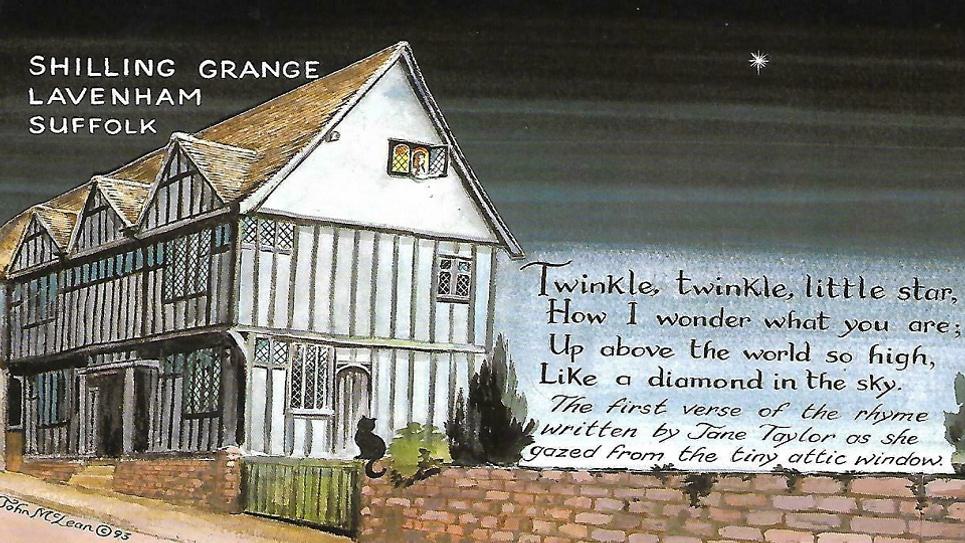
One of England's most famous lullabies was written by Jane Taylor who lived in Lavenham.
It’s formal title is The Star, and it’s thought to have been inspired by the Taylor family’s time at Shilling Old Grange in Lavenham. Jane and her siblings were educated at home by their parents, and Jane, having been taught astronomy, would stare at the night sky from the window of the room she shared with her sister Ann.
Jane went on to write numerous books and poems, mostly featuring ordinary children in rural settings but sadly died when she was only 40.
2. Hundreds of buildings in Lavenham are listed including a phone box!
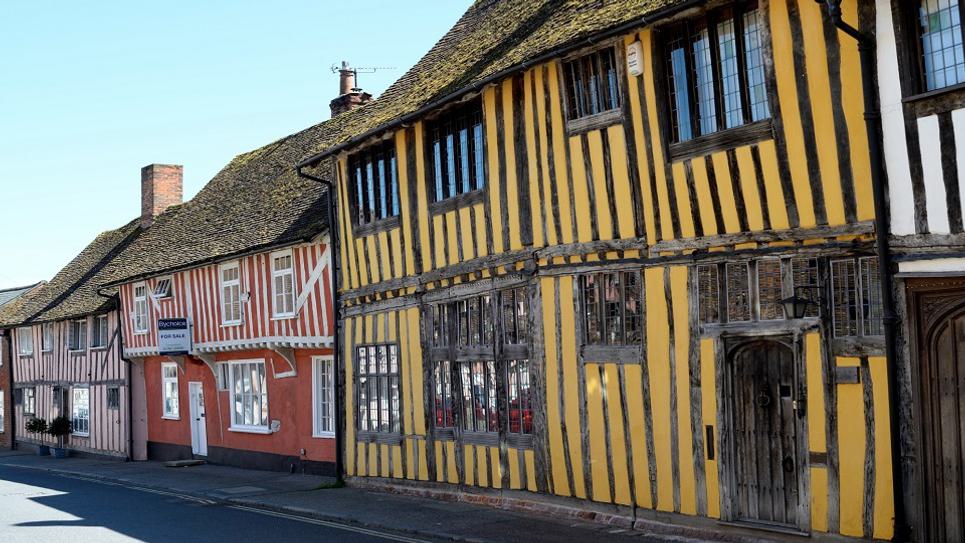
Photograph by Tom Soper
Lavenham is one of the best-preserved medieval villages in England and has a whopping 321 listed buildings, including the village phone box. The phone box is now a WiFi hub for visitors.
3. John Lennon and Yoko Ono shot a film in Lavenham in the 60s
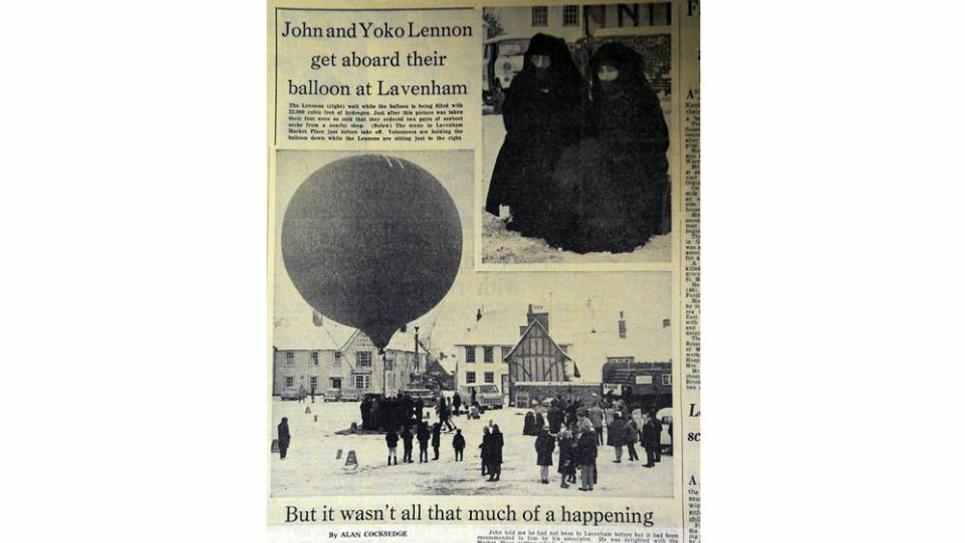
Featuring a giant hot air balloon, John Lennon and Yoko Ono visited Lavenham in 1969 to make the short film Apotheosis with filming on the village’s snow-covered Market Place.
Accompanying them was a BBC film crew shooting what would become the documentary The World of John and Yoko.
4. Artist John Constable went to school in Lavenham
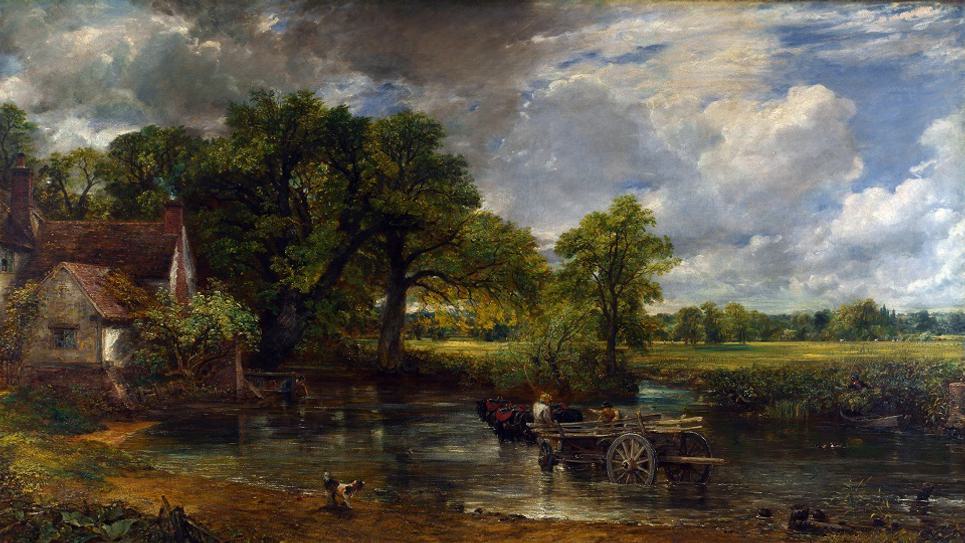
The Hay Wain by John Constable
Artist John Constable, known for his landscape paintings of Dedham Vale, the area surrounding his home — now known as ‘Constable Country’, went to school in Lavenham.
He was a student at the Old Grammar School in Barn Street along with his friend Jane Taylor, whose poem The Star became the nursery rhyme Twinkle, Twinkle, Little Star.
5. Members of the second richest family in England lived in Lavenham
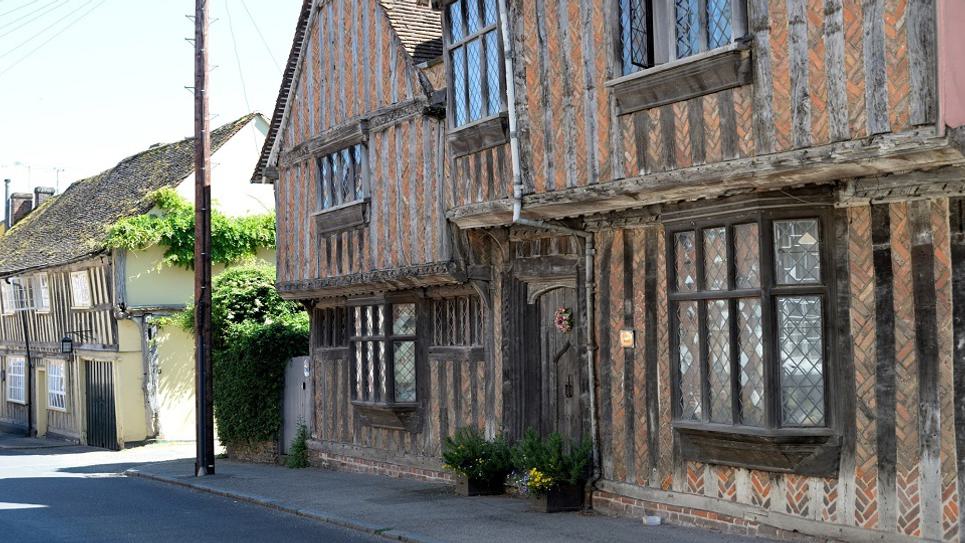
Photograph by Rebecca Bacon
Members of the De Vere family lived in Lavenham and were the second richest family in the county, after the king, in medieval times. King Henry VII visited the family in Lavenham in 1498, to take part in a day’s hunting.
It is said that he fined a Lavenham wool merchant, because he was displaying more wealth than the King. The family’s home in Lavenham, De Vere House can be found in Water Street.
The house was featured in Harry Potter and the Deathly Hallows. Forming part of Godric's Hollow it can be seen opposite a fictional graveyard with a Christmas tree in the window.
6. Lavenham's parish church is one of the largest in England
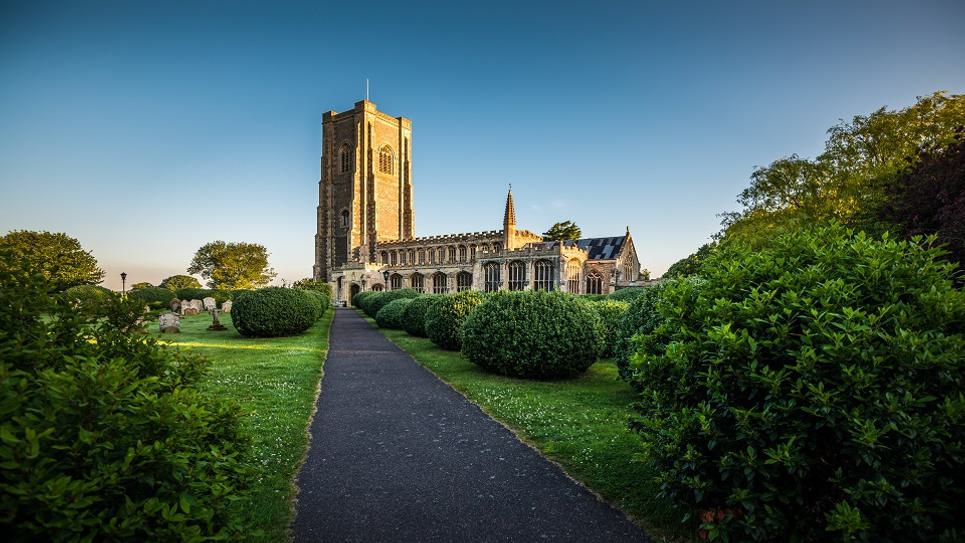
Photograph by Tom Soper
Bankrolled by the wealthy cloth merchant families, particularly the Springs and the De Veres, St Peter and St Paul Church in Lavenham with its 141ft flint tower dominates the village skyline.
It is one of the largest churches in England with its coffered roof, graceful arches, columns and aisles, and Perpendicular style architecture.
7. The painter Alfred Munnings judged Lavenham Horse Show in the 50s
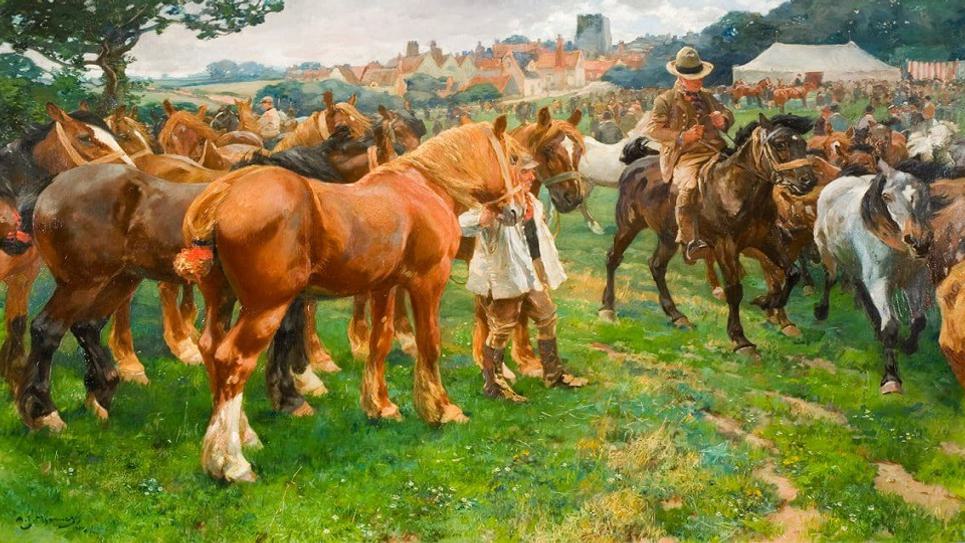
Sir Alfred James Munnings, who is known as one of England's finest painters of horses, used to judge the local Lavenham Horse Show in the 1950s. His famous painting entitled ‘Horse Fair, Lavenham’ hangs at Munnings Museum in Dedham.
8. The first station commander of the US Army Air Force at RAF Lavenham became a Hollywood screenwriter
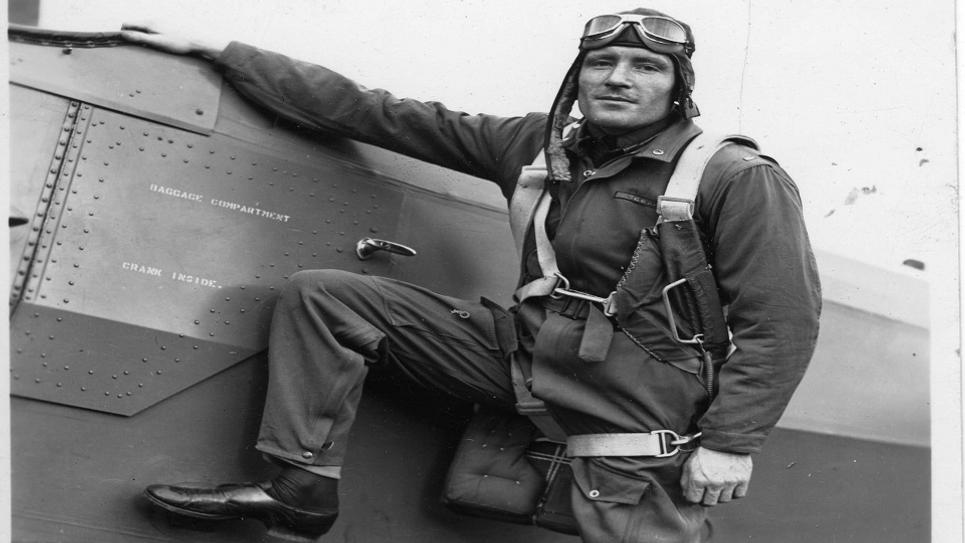
Co-author and screenwriter of the 1949 Hollywood blockbuster film ‘Twelve O’Clock High’, Beirne Lay Jr., was the first station commander of the US Army Air Force at RAF Lavenham (US Station 137) during WWII. ‘Twelve O’Clock High’ starred Gregory Peck.
9. Roman remains were unearthed in the Lavenham area by Channel 4’s ‘Time Team’
Time Team's visit to Lavenham
Time Team visited Lavenham in 1995 to try and uncover why a Lavenham farmer has been finding hundreds of Roman artefacts in one of his fields.
The Channel 4 programme presented by Tony Robinson discovered a Roman field system established in the early part of the Roman occupation and only abandoned a little before they left.
10. Queen Boadicea Once Travelled Through Lavenham
Queen Boadicea, a queen of the British Celtic Iceni tribe who led an uprising against the occupying forces of the Roman Empire in AD 60 or 61, travelled through Lavenham with her army on their way to fight the Roman settlers in Camulodunum (Colchester).
Related Blogs

News
Bury Tour Guides to launch…
Bury St Edmunds Tour Guides to Introduce new tours in…

News
Town’s Museum Forms New…
Moyse’s Hall Museum will be forging links with a…

News
St Edmundsbury Cathedral…
St Edmundsbury Cathedral in Bury St Edmunds is…
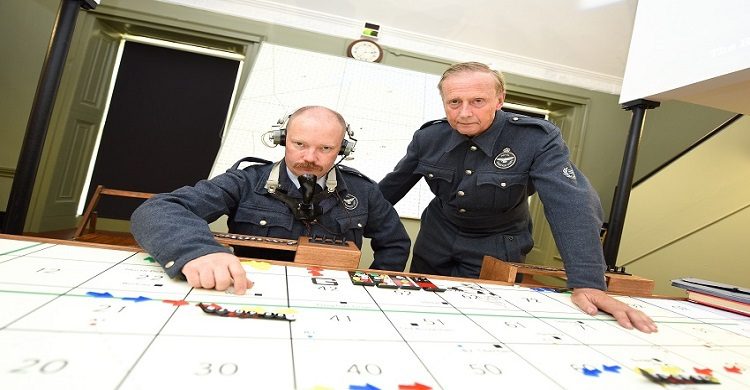
News
Bury St Edmunds & Beyond…
Step inside many of Bury St Edmunds historic buildings…

News
Bury's Best Pubs with a Past
some notable, historic and somewhat quirky pubs and…
Latest news

News
Enjoy a Festive Afternoon Tea in 2025
Celebrate the Christmas season with a festive afternoon tea in Bury St Edmunds & Beyond...

News
Festive Winter Walks
Get outside and enjoy the fresh crisp winter air with one of these walks in Bury St Edmunds and Beyond!

News
Bury Tour Guides to launch new tours next year after successful 2025
Bury St Edmunds Tour Guides to Introduce new tours in 2026 and continue the successful Food and Drink Tours!

News
New in Bury St Edmunds For 2026
A sneak peak into new attractions visitors can enjoy in Bury St Edmunds in 2026.

News
Baby It's Cold Outside... Things To Do When the Weather Turns Frosty
Just because the temperature’s dropped doesn’t mean the fun has to! If you’re visiting town during the chillier months, there’s still plenty to see, do, and experience.

News
Places to sit by a roaring fire in Bury St Edmunds & Beyond
Warm up by a roaring fire this winter in Bury St Edmunds & Beyond...

News
Christmas Park and Walk 2025
Additional parking has been provided by West Suffolk Council in partnership with Greene King this Christmas.

News
Festive Theatre Guide 2025
There’s no better way to summon the magic of the festive season than a trip to the theatre.

News
Festive Markets in Bury St Edmunds
Festive markets are set to bring seasonal cheer to Bury St Edmunds this November and December, offering the perfect chance to pick up all of your Christmas essentials!
